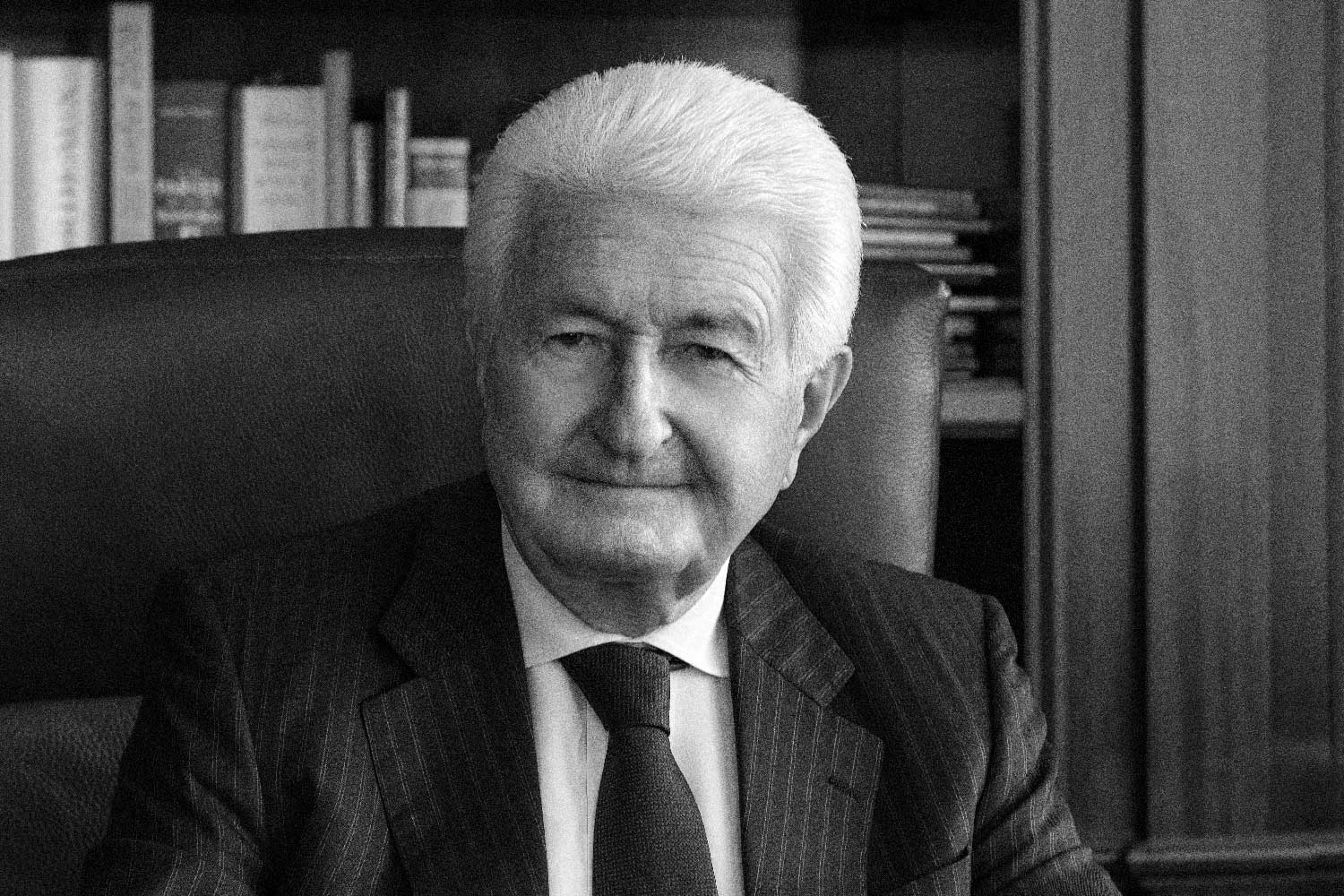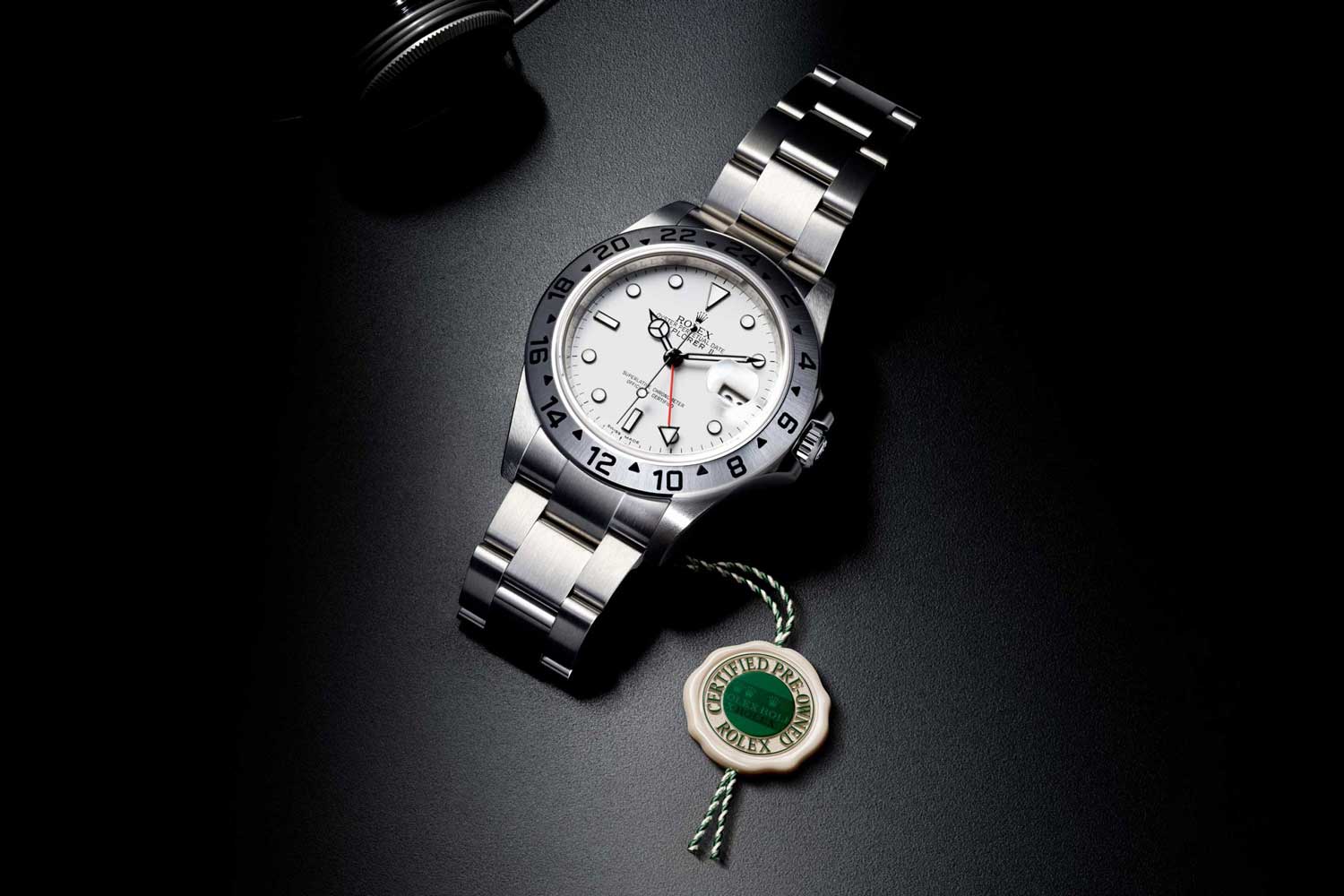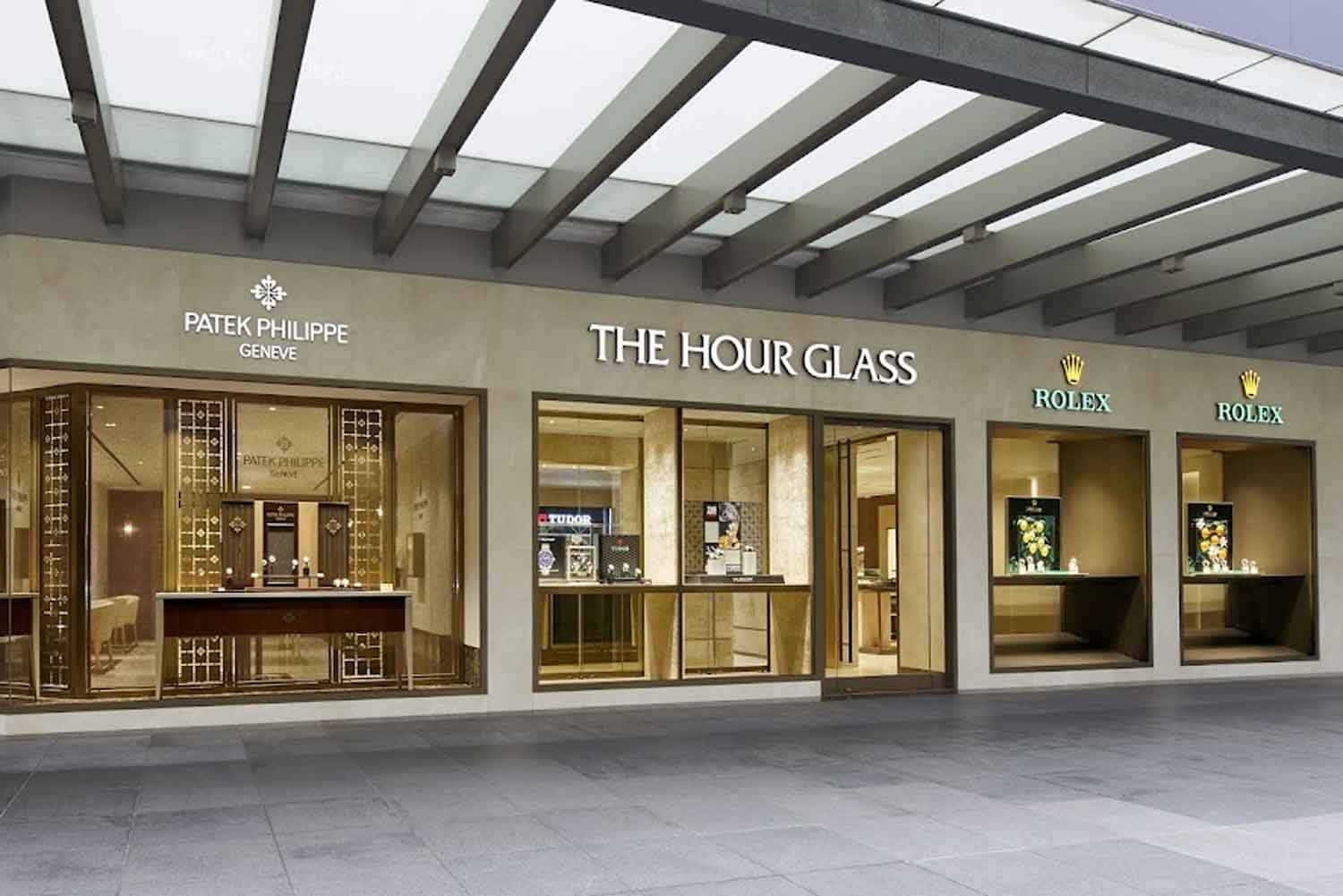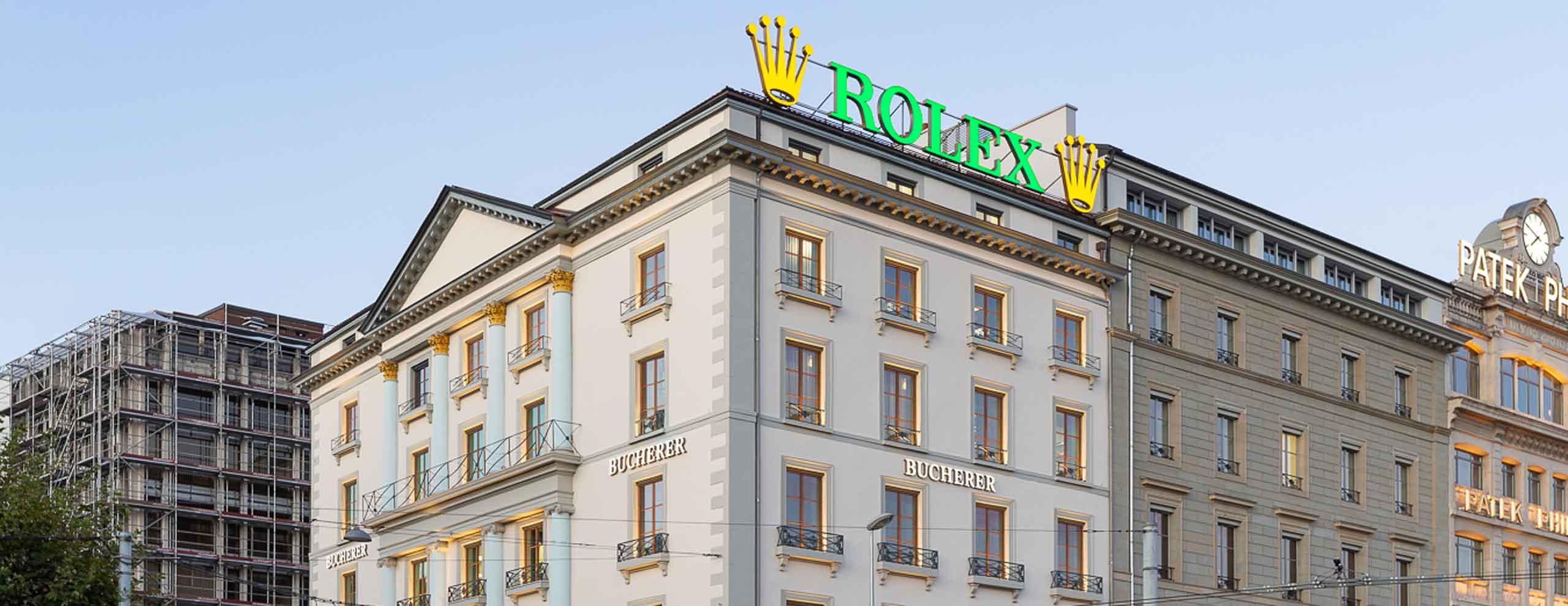Business
Rolex acquires Bucherer: What does this mean for everyone in the watch industry?
Business
Rolex acquires Bucherer: What does this mean for everyone in the watch industry?
By now everyone in the luxury watch industry is talking about one thing, and one thing only: Rolex acquiring Bucherer for an undisclosed sum on 25th August 2023. The announcement was released at 6:00pm CET with a press release that says it all: Rolex acquires Bucherer. It was a move intended to preserve the long-standing partnership between the two companies following the decision made by owner of the retailer Jörg G. Bucherer who has no direct descendents to take over the business. Rolex also states that it will allow Bucherer to operate independently and that the integration will be effective as soon as competition authorities have approved the takeover transaction.
What does this all mean? The world’s biggest watch company has just taken over one of the world’s largest watch retailers. Bucherer, together with Tourneau, accounts for more than 100 points of sales worldwide, and it is also the biggest retail brand in the US. Bucherer has also been a trusted Rolex retailer since 1924 — literally during the time of Hans Wilsdorf, making Jörg Bucherer the last person today to have known and worked with the Rolex founder. Jörg Bucherer will also remain as Honorary President of the Bucherer group. More importantly, this announcement impacts not only the companies involved, but the industry at large. Shortly after this news broke, share prices for Watches of Switzerland fell 30%, then up 10% to close at -20%, showing that what Rolex does always has an impact on everybody else.
To shed some light and more clarity on this subject, Revolution’s resident watch industry analyst Oliver R. Müller takes us through the ins and outs of this deal of the decade.
Rolex is capturing additional power by integrating its most important retail partner
Rolex has announced that it is buying Bucherer — the brand’s most important retail partner worldwide with 100 doors, of which half are selling Rolex and/or Tudor. To qualify this as a strong signal is a euphemism, because it’s basically a radical change of a century-old strategy to keep the retail activities separated from the brand’s core business. In fact, until this recent move Rolex and Patek Philippe could be seen as “anomalies” compared with all other major brands moving toward TDC (direct to consumer strategy cutting out all middlemen), and strongly reducing the number of authorized retailers overall.
The last 30 years have seen a complete change of power going from the distributors (wholesalers) and retailers to the brands. The first major change started around the 1990s with the brands taking over their wholesale and creating subsidiaries all over the world. This allowed the brands to capture margin, develop their presence and better monitor the inventories over the different markets. The second move involved a vertical integration of the retail activities, and some brands had already started in the 2000s to open monobrand activities to get access to the end clients.
Is Rolex’s acquisition of Bucherer a defensive move or a well-thought-through long-term strategy?
To close a deal when buying or merging two companies, you need the perfect timing, and in this case, the Bucherer deal definitely ticks the box. The company had to solve the succession problem of the owner — representing the third generation — being 87 years old and with no children, to ensure the long-term perspective of a very successful business. Mr. Bucherer himself had communicated many times on that matter, saying that the business would be owned by a trust after his death. Even though the company is well managed, Rolex probably sensed that at some point it could do it more efficiently, or that the trust could sell the business and reinvest the proceeds of the sale. It is easily understandable that Rolex didn’t want to bear the risk seeing its number one retailer — generating roughly 8% of the brand’s sales — being bought by a competing company. At the same time, one could question the upside for, say, Richemont to buy a retailer whose business is ~60% based on selling Rolex watches, which represents a cluster risk. Nevertheless, Bucherer represents a fantastic network of points of sales; for instance, in the US — Rolex’s most important market — it acquired the number one retail network with Tourneau.

Jörg G. Bucherer took over as the company’s head in 1977.
Buying a CHF 2B* sales company — even for a cash-laden company such as Rolex — is not a defensive move. Rolex had decided a long time ago to move into retail to control the last mile of the value chain, which is in fact the most important. Retail data is the most important driver to manage your business, because it’s the marker of your real success at any time. You don’t have any clear visibility on which products sell and where you need to shift inventories or propose some sales measures. Unlike what some people are saying, Rolex’s business is not in an automatic mode where the salesclerks are just telling potential customers that there is nothing to sell. Rolex’s product offering is composed of 450 SKU’s and around 50 of them are the hotcakes; some of the others are cross sellers when the client has to acquire another watch rather than the one he/she is really coveting. Rolex’s ambition is to gear up and have mostly sell-through references. And what better way of pushing this strategy than by monitoring your own retail?
The second act of a change in Rolex’s long-term strategy
The move into retailing with the acquisition of Bucherer can be seen as logical following Rolex’s announcement of getting involved with CPO (certified pre-owned) through its retail partner Bucherer. Both measures are a strong signal that the brand is willing to bring some order into a market where loyal long-term clients have had a hard time trying to acquire a watch from Rolex. In recent years, the hype around the brand has brought a lot of clients more motivated by the return on investment in a Daytona or GMT-Master II than the pleasure of wearing them. Some argue that this doesn’t change the outcome for Rolex as in both cases the watches are sold, but it does affect the brand’s equity by frustrating “real” clients who are unable to get their hands on their coveted timepieces. Besides that, the brand is getting bombarded by emails, calls and even sometimes letters from lawyers trying to attack the company on the grounds of unfair product allocations. All these speculative behaviors and product scarcity create frustration and shed bad light on Rolex; and ultimately, they are detrimental to its brand equity.
Rolex will continue to act more proactively against gray-market activities by better controlling the secondary market through its CPO and by better monitoring the primary market through wise product allocations to the different markets and retailers.

Rolex now has their own Certified Pre-Owned Program
Is Rolex’s retail integration detrimental for their remaining authorized distributors?
The next moves to be expected are probably that Rolex will continue to further reduce its POS worldwide, which currently numbers around 1,800. The brand had already initiated the movement by closing some doors in the US and elsewhere, but it can be expected that it will accelerate that process. Logically, it will extend the number of doors within the Bucherer/Tourneau network in the USA, which will collaterally make some existing AD’s redundant. Furthermore, the brand will likely increase the inventory available in its own stores and this would mean that there won’t be enough watches available for the other AD’s. Bigger stores with better product availability and tighter product allocations for the “hotcakes” will naturally help to increase the sales of the brand-owned POS. This will be a further argument to close some doors when they’ll be compared with Rolex’s own boutiques.
Of course, Rolex won’t be willing to, or capable of, shifting its retail 100% to a brand-owned business model. Rather, its approach will also be to rely on strong retail partners. Two of these are retail networks comparable with Bucherer in terms of business size and number of doors: The Hour Glass, a family-owned retail network in Southeast Asia; and Watches of Switzerland (WoS), a listed company. It remains to be seen how this new configuration of the Rolex retail network impacts the business of WoS, but the stockmarket already gave the answer on the day after Rolex’s announcement on 24th August, with a temporarily drop of 30% of its share price to finish 20% below its previous value. The market valuation lost £300M (~CHF 330M) in one day!

The Hour Glass is one of the world's largest retailers after Watches of Switzerland, Bucherer and Seddiqi & Sons
The investors estimated that WoS bears a cluster risk with a single brand generating almost 60% of its overall sales, and this is not because the management hasn’t tried to diversify the sales mix. But replacing Rolex or adding growth to the other brands to make them significant top-line contributors is easier said than done. Their business with Cartier and Omega has been substantially increased to try to reduce WoS’s dependency on Rolex, but this requires time, and in this case, the company is also competing with strong mono-brand boutiques of both brands.
Key drivers of Rolex’s new retail strategy
Even though it’s not Rolex’s main motivation, capturing the margin given to its retail partners (on average 35%, and ranging from 32% to 40% depending on volume, role and historical relationships and calculated from the suggested minimum retail price) nevertheless represents the staggering amount of CHF 4.65B! Rolex’s yearly sales are estimated** at CHF 9.3B ex-works, which translates into almost CHF 14B sales at retail value and a market share of 29% of the luxury watch market (31% adding Tudor’s increasing sales of CHF 570M in 2022). There is no other luxury brand with a comparable market dominance in its product segment. Rolex’s performance is even more impressive taking into account that it’s a mono-product brand as compared to a brand like Gucci, which is a multi-category luxury brand that achieved €10.4B (CHF 9.9B); and the two figures are not comparable as Gucci partially sells through its own retail.
Rolex is achieving a major step forward toward an improved brand distribution that generates not only an increased bottom line, but also helps to increase the brand’s equity by better controlling its sales and market presence.
And the answer to the cardinal question that everyone has been asking since last Thursday’s announcement? If we take WoS’s market valuation as a comparison before Friday’s correction, and on the assumption that Rolex paid a premium because there was only one owner at Bucherer, we estimate that the transaction was valued at ~CHF 3B taking into account prime real estate. Buying the world’s number one watch and jewelry retailer comes at a price.
*LuxeConsult’s estimate as neither Bucherer nor Rolex publish any figures on their sales.
**The estimates are taken from the Morgan Stanley x LuxeConsult annual report on the Swiss watch market.











